Credit Modeling Perspective on AI
Introduction
As a fintech professional deeply entrenched in the exploration and implementation of cutting-edge technologies, I've observed firsthand the transformative impact that Artificial Intelligence (AI) and Machine Learning (ML) are having on the credit scoring domain. The shift towards integrating advanced models such as Light Gradient Boosting Machine (LightGBM) and Large Language Models (LLMs), alongside traditional ML techniques, represents a pivotal evolution in our approach to financial assessments. This narrative aims to distill the essence of these technological advancements, offering insights into how they're reshaping credit scoring for the better.
The Fusion of AI and ML in Credit Assessment
The traditional landscape of credit scoring, largely dominated by linear models, is undergoing a radical transformation. The integration of LightGBM and LLMs into the credit scoring process is not merely an upgrade; it's a redefinition of what's possible. These technologies bring to the table an unparalleled ability to process and analyze complex, large-scale data sets, uncovering insights that were previously inaccessible.
LightGBM: The Efficiency Game-Changer
LightGBM's introduction into the fintech toolkit has been nothing short of revolutionary. Its efficiency in handling voluminous data, coupled with its prowess in capturing intricate data relationships, elevates the predictive accuracy of credit scores. This model's agility and performance are instrumental in processing the dynamic and complex datasets typical in financial services.
LLMs: Unveiling the Unstructured Data Treasure Trove
Perhaps the most exciting development is the advent of LLMs. Their ability to parse and make sense of vast amounts of unstructured data — from customer communications to social media interactions — introduces a new frontier in understanding consumer financial behaviors. This capability is particularly relevant in today's digital age, where such data is abundant and incredibly telling of an individual's financial health and habits.
Strategic Insights for Credit Providers
The confluence of LightGBM, LLMs, and traditional ML methods is more than just a technical achievement; it heralds a new era of strategic advantage for credit providers. Here are key takeaways:
Predictive Precision
The enhanced predictive accuracy afforded by these technologies enables a more nuanced assessment of creditworthiness, reducing risk and fostering more informed lending decisions.
Competitive Edge
In the fiercely competitive fintech landscape, the ability to leverage these advanced technologies effectively can set a credit provider apart, offering more personalized and responsive financial products.
Streamlined Operations
The operational efficiencies gained through AI and ML integration are substantial. Automating the credit scoring process not only accelerates decision-making but also allows for the reallocation of human capital to more strategic, value-adding activities.
Ethical and Operational Considerations
Embracing these technologies also necessitates a mindful approach to their challenges. Key among these are ensuring data privacy, mitigating algorithmic bias, and maintaining transparency in automated decisions. As fintech innovators, our responsibility extends beyond mere implementation to ensuring these technologies are used ethically and equitably.
The Road Ahead
The integration of AI and ML into credit scoring is not the culmination but the beginning of an ongoing journey of innovation. The future will likely see the emergence of even more sophisticated models and methodologies, pushing the boundaries of what's possible in financial assessments. As fintech professionals, staying at the forefront of these developments, while navigating their ethical implications, will be crucial to shaping a more inclusive and efficient financial ecosystem.
Conclusion
The transformative power of AI and ML technologies in credit scoring is undeniable. As we continue to explore and integrate these advancements, we are not just improving operational efficiencies or competitive positioning; we are fundamentally redefining the landscape of financial services. For credit providers willing to embrace this technological evolution, the potential is limitless. The key to unlocking this potential lies in our ability to innovate responsibly, ensuring that as we advance, we do so with an unwavering commitment to fairness, transparency, and the betterment of the financial health of individuals and communities alike.
In this era of rapid technological advancement, the future of credit scoring and financial assessments is bright, marked by increased accuracy, inclusivity, and insight. As a fintech expert, I am both excited and optimistic about the possibilities that lie ahead, and I look forward to continuing to contribute to this dynamic and evolving field.
